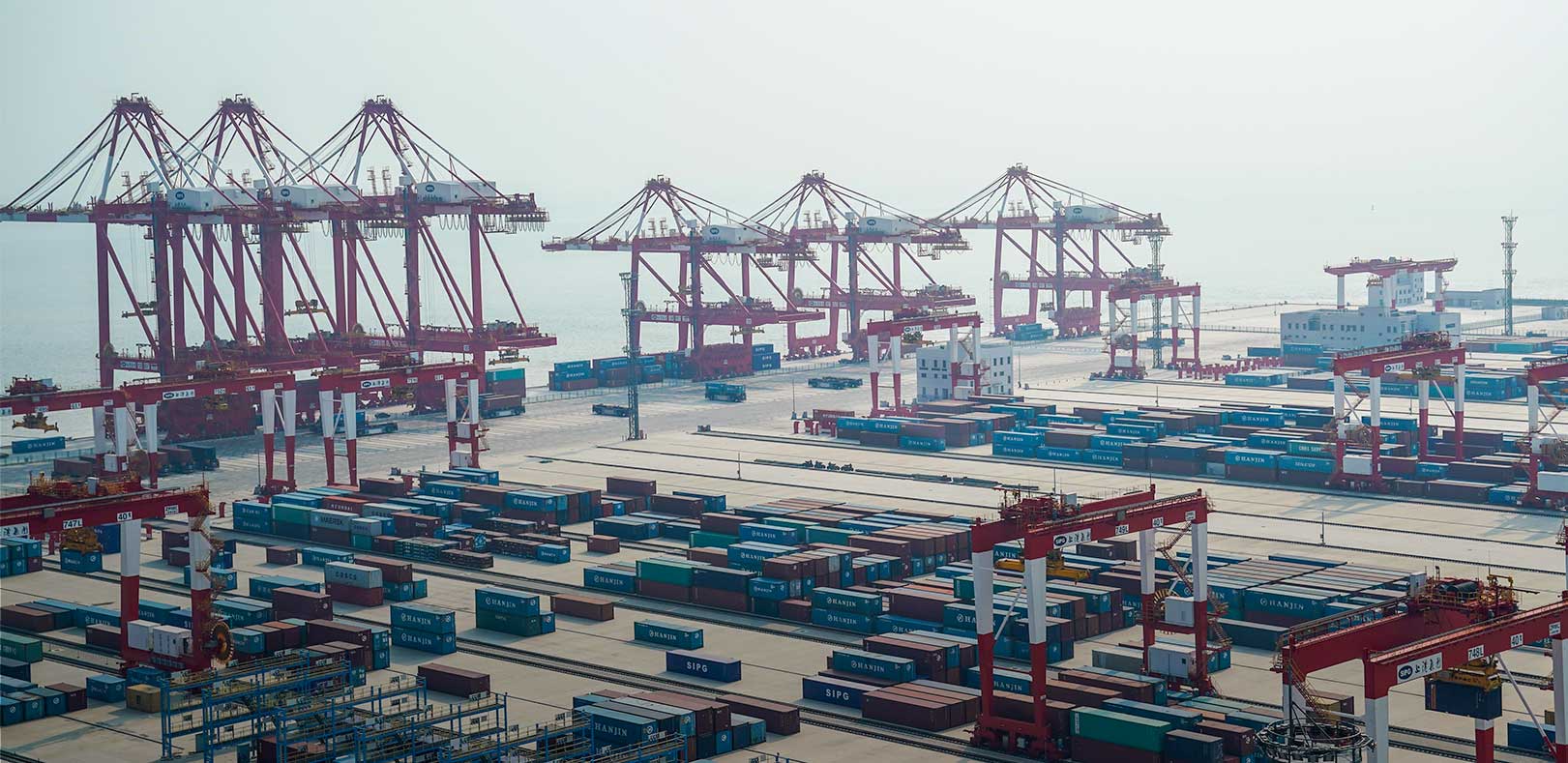
Infrastructure Projects
The role of drainage ditches in infrastructure projects
1. Construction site drainage: During the construction process of infrastructure projects, drainage ditches can effectively remove rainwater, sewage, and other surface water from the construction site, keep the site dry, and facilitate the normal operation of construction personnel and equipment.
2. Foundation drainage: Drainage ditches help remove accumulated water around the foundation, lower the groundwater level, and improve the bearing capacity of the foundation. This is vital to the stability and safety of the building.
3. Slope stability: In infrastructure projects, drainage ditches can prevent slopes from being eroded and washed away by water, and reduce the risk of slope instability. This is of great significance for protecting infrastructure and ensuring construction safety.
4. Environmental protection: Drainage ditches can reduce the impact of sewage and waste generated during infrastructure projects on the surrounding environment. Proper design and maintenance of drainage ditches can ensure effective treatment of sewage and reduce contamination of soil, groundwater, and ecosystems.
5. Road maintenance: Drainage ditches can effectively remove water on both sides of the road and prevent damage to the road due to long-term water accumulation. This helps extend the life of the road and reduces maintenance costs.
6. Farmland drainage: In agricultural infrastructure projects, drainage ditches can effectively remove excess water from farmland and maintain appropriate soil humidity, which is conducive to crop growth and increased agricultural yields.
In short, drainage ditches play a variety of roles in infrastructure projects and are of great significance in ensuring construction safety, improving project quality, protecting the environment, and promoting sustainable development.
